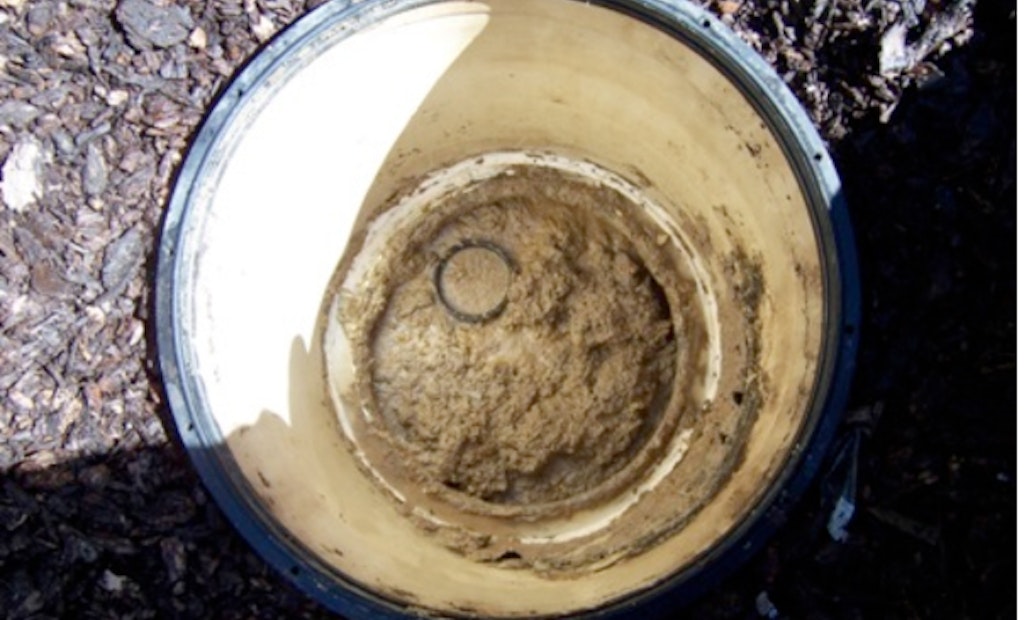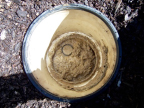
Interested in Systems/ATUs?
Get Systems/ATUs articles, news and videos right in your inbox! Sign up now.
Systems/ATUs + Get AlertsA few years ago I was involved in a class where we visited several houses that had various media filters as a part of their wastewater treatment systems. When we opened the media filter at one location we found the surface of the filter was clogged as well as the orifices in the pressure distribution laterals.
Since the system had been serviced within the past six months — septic tank and pump tank cleaned — we weren’t expecting this problem. That service provider had not opened the media filter so there was no documentation if was happening at the time of that service call, but clearly something was going on within the residence that was different than normal domestic use creating a higher strength waste, which the system couldn’t treat.
A typical, well-maintained residential septic tank should produce effluent with a BOD level around 160 mg/L. This homeowner’s septic tank was producing much greater BOD levels. As the value increases organic loading creates a thicker and more resistant biomat in the drainfield of a gravity system and overwhelms media filter treatment capabilities or other advanced treatment units.
TSS and FOG also contribute to an overwhelmed onsite system. While it’s not necessary to educate the homeowner with technical jargon, it is important to make them understand these overall processes and how their behavior affects their system.
Suspended solids — organic or inorganic — don’t settle in a septic tank and are captured by the effluent filter. Organic solids are captured in the soil and break down over time. Inorganic solids plug the soil pores permanently reducing infiltration. Quality effluent should have a level of less than 60 mg/L TSS; a lower level is always preferred.

FOG is usually associated with restaurant or cooking waste although cosmetics, bath oils, suntan lotion and other personal care products increase oil in residential effluent.
FOG increases BOD and it doesn’t break down easily in the system. Any concentration above 20 mg/L can hinder onsite systems without additional pretreatment.
When we asked the homeowner mentioned above about potential causes of the increased BOD, TSS and FOG we found that his wife had been making tortillas for numerous local day cares. Additional cooking and frying increased FOG in the onsite system and ultimately caused the clogging we saw.
This example highlights two issues service providers need to be aware of:
- A long conversation with the homeowner about how they use the system can pay huge dividends for you and for them.
- If it is a residence you service regularly, ask about any dramatic changes in use. Asking about changes that have taken place can help avoid significant problems in the future.
About the Author

Jim Anderson is connected with the University of Minnesota onsite wastewater treatment education program, is an emeritus professor in the university’s Department of Soil Water and Climate, and education coordinator for the National Association of Wastewater Technicians.
Send him questions about septic system maintenance and operation by email to kim.peterson@colepublishing.com.





